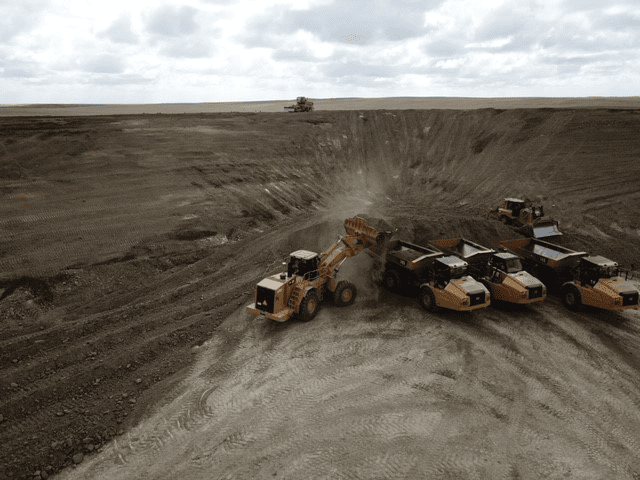Teaching the Basics…Again!
Reality is that training new employees is an ongoing task as new workers continue to enter the industry and your company; these six tips can help.

There are times in construction when a company brings in new employees (young, old and in the middle) that have limited experience in the construction industry. They make up a diverse group and a true challenge when it comes to integrating and training new employees into the company culture and operating means and methods.
So, here we go again you might say. As contractors, we are all searching for the best workers we can find, but for many that list appears to be shrinking. We often find that the one significant behavior that must change among all of our leaders and experienced supervisors is that we all must be more engaged in training and educating the new workforce.
This reality is sometimes tiresome for many seasoned veterans, but what are we left to do to move past this situation if we do not commit to training. As one Foreman told us, “I know I’m going to have to train the new guys, but it gets old real fast!” Translation? “This really stinks!”
Well, let’s jump right into some ways that we can tackle this reality and put the complaining aside. Consider some of the best lessons we have found in teaching the basics to our new employees.
1. Don’t wait for any opportunity to train and educate…just do it
There will be very few perfect times to train and educate if you are thinking of classroom based learning. Just not going to happen that way. Perhaps 80% or more of the effective training and educating takes place right on the job site…so don’t wait for the magic one to two hours to conduct your training. The job site is the place to start and follow up with specific safety and equipment training outside the job site to really hone in on the additional knowledge and skills for each employee.
2. Turn every work task into “mini-learning” sessions
If your mind is set to look at every action your people need to perform as learning sessions, this will greatly change your attitude, approach and behavior about training.
Many of these tasks are simple but critical to a better, safer and profitable result. Don’t overlook teaching your new workers the most basic of tasks to ensure that what little they do know, they will perform consistently.
3. Educate workers on the “why”
Rushing to train a new worker on how to add water when performing soil compaction will be better taught if the employee understands why and how we do what we do. Again, if employees learn the “why?” behind what they are going to do physically, they will more quickly connect the dots on how to be more effective in applying your instruction.
This method also tends to strengthen the new worker’s understanding when they run into a problem and helps them to correct errors faster.
4. Teach – Demonstrate – Watch – Debrief
Breaking the actual learning process down, try to follow the sequence of actions described for this point.
- Teach is to educate
- Demonstrate provides a visual model of what the employee will want to emulate
- Watch allows you to observe the effort put out by the worker to replicate what you have both taught and modeled
- Debrief allows you to question the new worker about what they just performed and what they might do better on their next effort
This four part teaching/training process is easy to follow and simply needs to be repeated over and over as you move a new worker through their learning experience.
5. Teach and train in smaller bites of time and process steps
Most of our new workers just do not learn everything we want them to in one lesson, much less in one day. While most contractors realize this, their efforts to train their new workers often fall short of anything resembling a thorough and well thought out training effort.
If the new employee’s experience in the first few days leads them to doubt the company’s commitment and support, there is a very good likelihood that the employee may quit before the first week is up.
6. Develop a training plan and spell out the first 90 Days
Do not train by using the old “shoot from the hip” method…it doesn’t give you a very good return on training. Instead, sit down and map out exactly what you are going to train new workers on, breaking down the task or action into specific steps.
Also, consider who is the best individual(s) to train the different tasks and processes your crews follow when working, and assign them to train on those areas.
As the workforce of today and the future enters into the construction industry, training is one of the important ways to retain workers and build your company. Some contractors experience employee turn-over rates that are over 50% in a month. This is non-productive, frustrating and impacts everyone in the company.
Rather than postponing the inevitable or hoping that you or your HR Manager can magically find trained and motivated workers, give more focus and energy to turning all of your leaders and better skilled workers into trainers. Be patient with your new employees; spend extra time with them, encouraging them to come to work and to be patient with themselves.
Training isn’t easy…that’s why so few do it. However, for those contractors who will invest in doing more and better training with their new employees, they will realize greater results faster than most of their competition.
Good Training!






